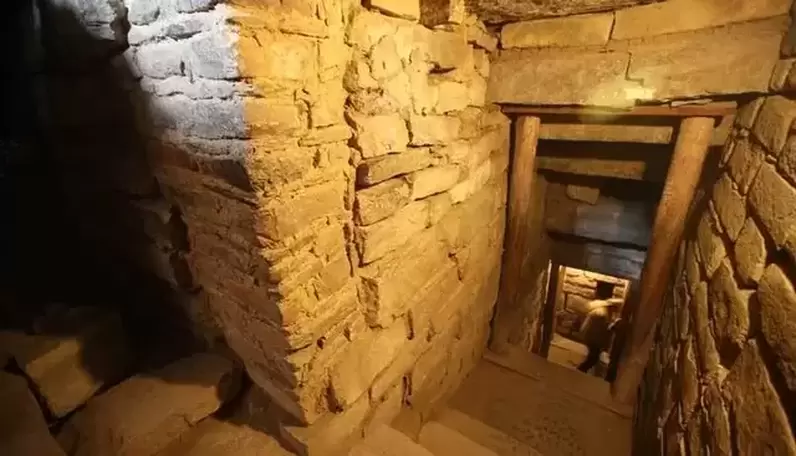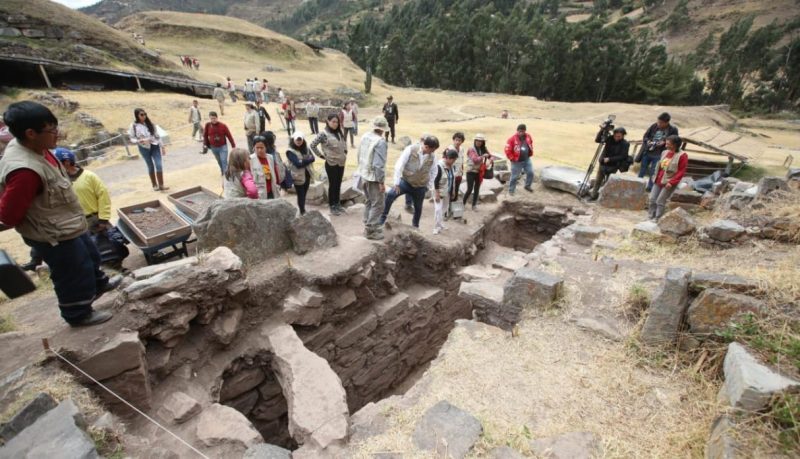Archaeologists Find Massive Underground World Belonging To A Long Lost Civilization In Peru3/15/2022 Researchers in Peru have discovered a complex underground world belonging to the ancient Chavín culture that has been identified as burial chambers that date back thousands of years. The culture developed in the northern Andean highlands of Peru from 1,300 and 550 BC. The Chavín extended its influence to other civilizations along the coast. The Ancient Chavin civilization developed advanced knowledge not only in metallurgy, but in soldering, and temperature control. The ancient Chavin used early techniques to develop refined gold work. Not, researchers have discovered galleries, ceramics and even a place where this civilization carried out burials, located beneath the surface. They say it’s the most important archaeological discovery made in the last 50 years. Since June of 2018, a team of archaeologists has unearthed three new galleries in an area adjacent to the circular plaza of Chavín. In the place, they have found remarkable pieces of ceramics, utensils and intact human burials. According to American anthropologist and archaeologist John Rick, in charge of the Archaeological and Conservation Research Program of Chavín, the three discovered galleries come from the late period of this civilization that developed between 1,300 and 550 BC. “What these galleries show is that Chavín has a much larger underground world than we think,” said Rick. Inside one of these underground galleries, archeologists discovered artifacts that belonged to the later Huaraz culture. These successive occupations, found at different levels in the archaeological complex demonstrate the cultural and religious importance that Chavin had in the central highlands for centuries. The project’s specialists used small robots with built-in micro-cameras to carry out the explorations. These machines – designed on site by engineers from Stanford University – entered very small areas and discovered cavities in the Chavin labyrinths, where pottery was preserved. Chavin de Huantar was designated a UNESCO World Heritage Site in 1985. So far 35 interconnected underground passageways have been found at the site, Peru’s culture ministry said.
0 Comments
Leave a Reply. |
Helena MatiasEditor Archives
April 2024
Please take a look below at the amazing work of Author and researcher Stephen Quayle
Categories
All
|




